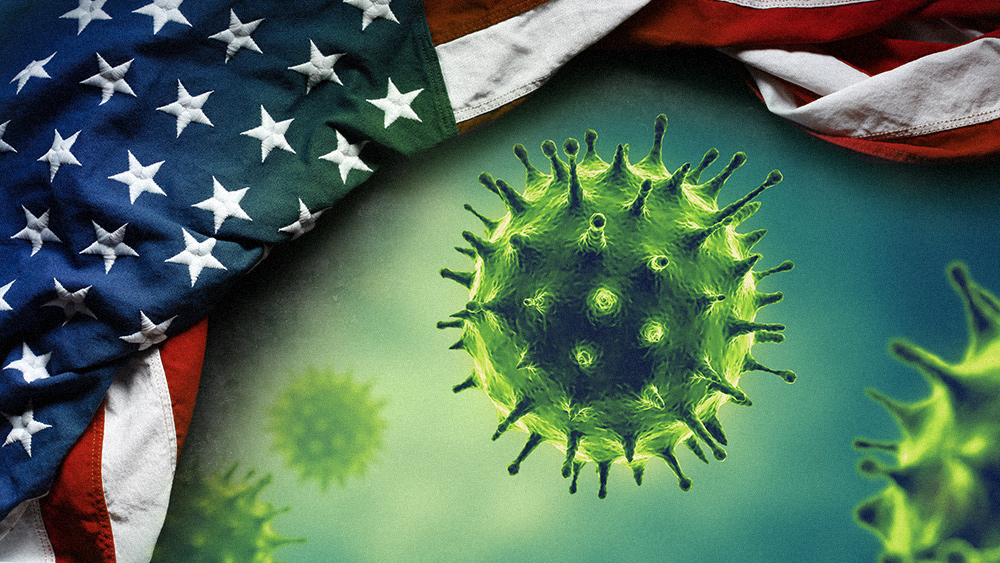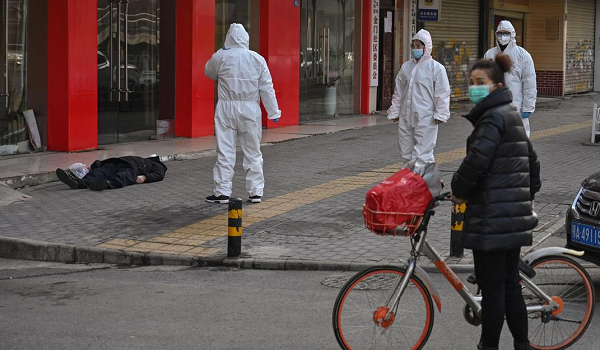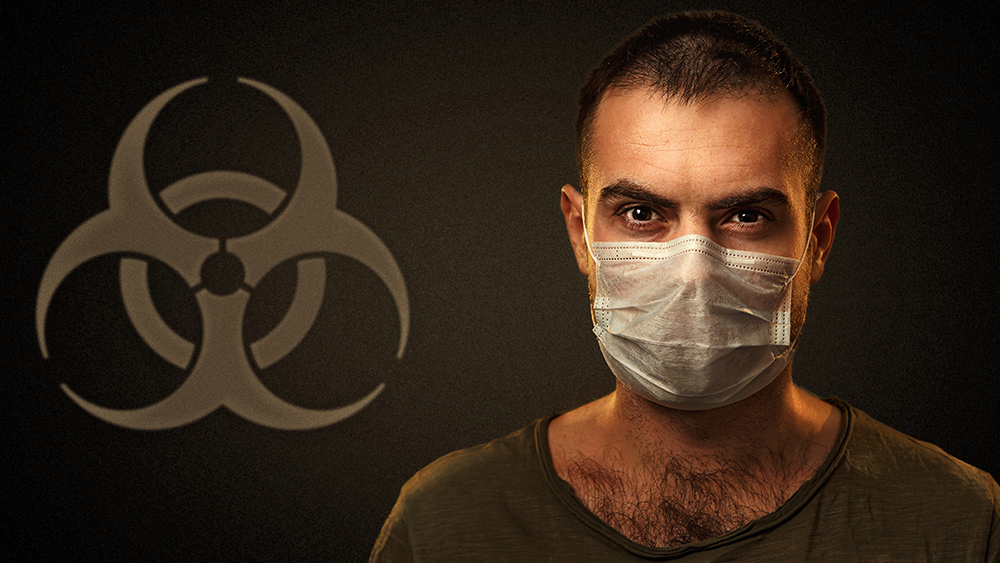Experts can’t figure out precisely when a human coronavirus carrier becomes infectious, which means it’ll be even more difficult to stop
02/20/2020 / By Ethan Huff

They say that the Wuhan coronavirus (CoVid-19) incubates for up to 14 days … or is it 24 days? And people with the disease are infectious from the time they first contract it … or do they become infectious later on after developing symptoms? Depending on which source you ask, the answers to these questions can vary, which is making the fight against this global emergency that much more difficult.
Many experts are stumped about precisely when human carriers of the Wuhan coronavirus (CoVid-19) become infectious. It also remains unclear as to whether there even is an exact time, or if it varies from person to person.
As the hunt for definitive answers presses on, the Wuhan coronavirus (CoVid-19) continues to spread with no end in sight. Upwards of 70,000 people now have the disease, as of this writing, while nearly 1,700 have died. But these are just the official numbers – the real ones are likely in the 250,000-plus range for infections, and the 25,000-plus range for deaths.
The situation has prompted calls for a new coronavirus vaccine that some experts say would overcome the need to even answer any of these questions. But the chances of getting one developed, tested and approved quickly enough to have any impact on the current outbreak is slim to none, which is why scientists are digging to uncover the true incubation period for this novel coronavirus so they can better fight it right now.
A recent study found that the Wuhan coronavirus (CoVid-19) can incubate for longer than the two weeks first declared by health authorities. This alone suggests that pinning down the exact moment that an infected person becomes contagious might not even be possible, and that the disease is likely spreading long before people even start to show symptoms.
“The epidemiology screams ‘flu virus-transmission,'” says Michael Osterholm, director of the Centre for Infectious Disease Research and Policy at the University of Minnesota.
In Osterholm’s assessment, it’s very possible that the Wuhan coronavirus (CoVid-19) is transmitting from asymptomatic individuals because there are “striking parallels” between it and the ordinary flu virus, which can also transmit asymptomatically during its incubation period.
“With SARS, the majority of transmission took place between four to six days of illness so patients could be identified in the first several days of infection and isolated, which slows down the transmission,” he adds. “I think this virus does not act that way.”
Listen below as Mike Adams, the Health Ranger, talks about how China’s so-called quarantine camps for the Wuhan coronavirus (CoVid-19) are actually death camps in disguise:
The Wuhan coronavirus (CoVid-19) more than likely becomes transmissible once mild symptoms appear, others contend
On the other hand, Osterholm thinks that it would be “very, very unusual” for the Wuhan coronavirus (CoVid-19) to have a nearly month-long incubation period, and that cases where it appears this way could have involved exposure at a later date that went undetected.
China’s National Health Commission also announced recently that it may be possible for people with mild symptoms to transmit the Wuhan coronavirus (CoVid-19) to others, which was previously not thought possible.
“If we can find these cases with atypical symptoms earlier, it will help control the spread of the virus,” stated Li Xingwang from the commission’s expert panel.
Time will tell what the consensus becomes. But in the meantime, it’s best for individuals to take the maximum precautionary measures to protect themselves and their families from potential infection.
To keep up with the latest Wuhan coronavirus news, be sure to check out Pandemic.news.
Be sure to also follow the H.R. Report channel at Brighteon.com.
Sources for this article include:
Tagged Under: China, Collapse, coronavirus, disease, experts, global emergency, human carriers, infections, infectious, novel coronavirus, outbreak, pandemic, virus, Wuhan, Wuhan coronavirus
RECENT NEWS & ARTICLES
COPYRIGHT © 2017 PLAGUE INFO



















